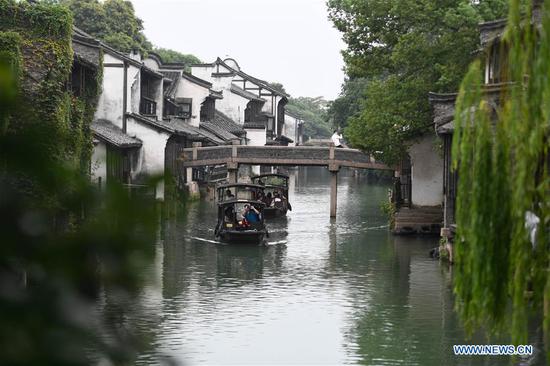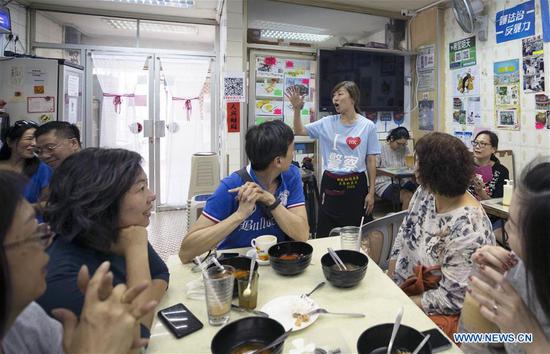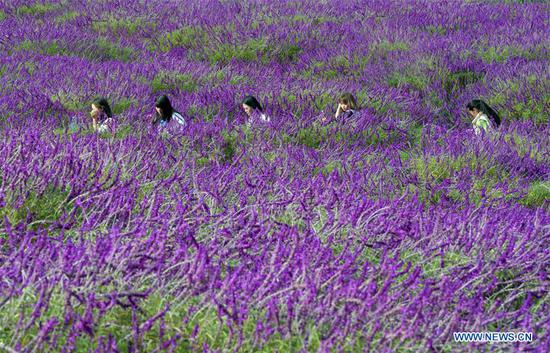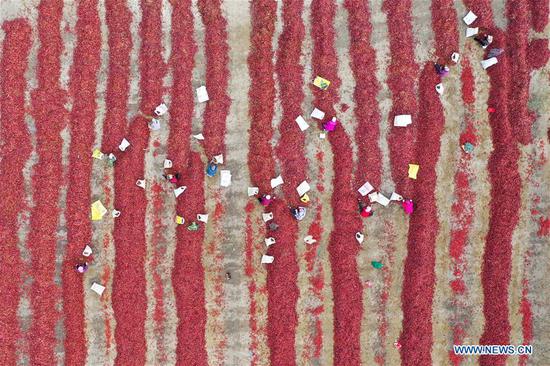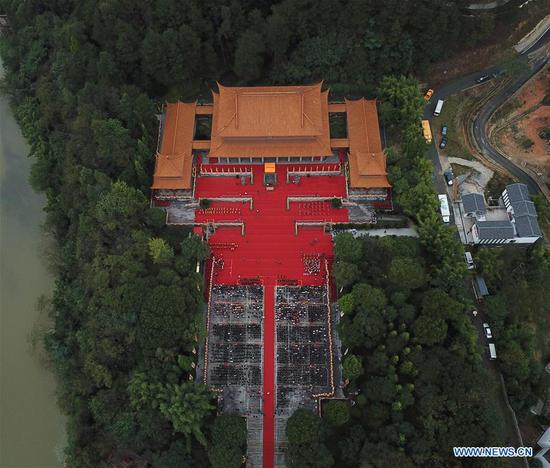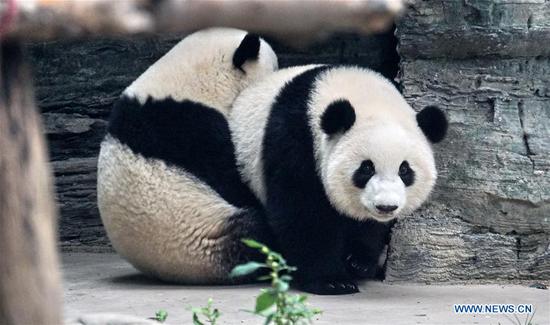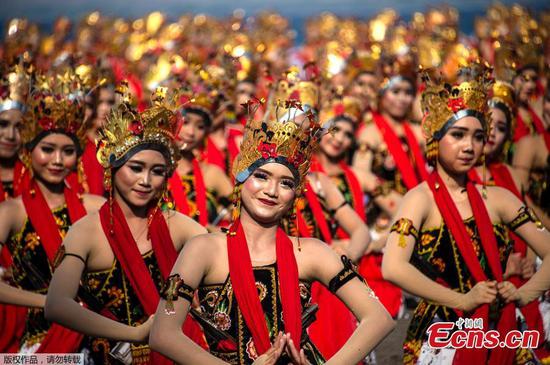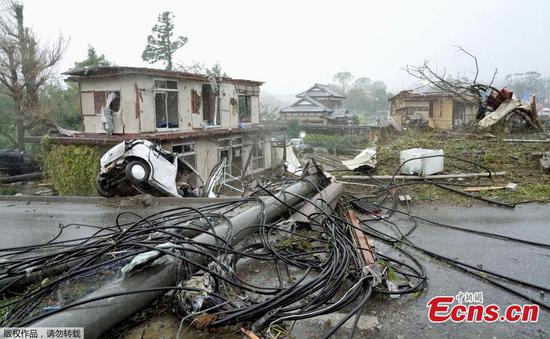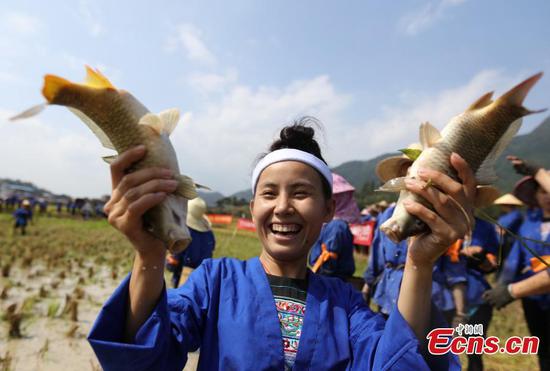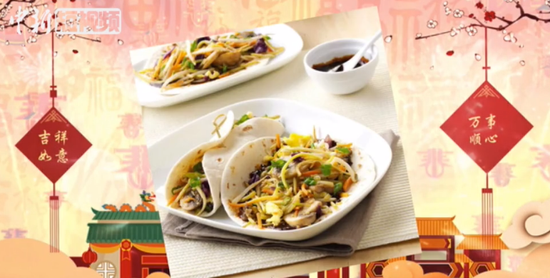China's agriculture and grain sector has gone from barely feeding its own population to ensuring that the country's 1.4 billion people, or one fifth of the world's population, not only have enough to eat, but also eat well.
By dramatically increasing grain production and modernizing the food industry, China has secured the baseline of providing its own food. Now producing a quarter of the world's grain output, the nation's road to grain self-sufficiency is a historic achievement with far-reaching impact on food security worldwide.
Grain security is the basis of national security and development and an utmost priority for the Chinese government. Ahead of the 39th World Food Day on October 16, the State Council Information Office issued a white paper on food security, the second document of its kind from the government about food.
Since becoming a member of the World Trade Organization (WTO) in 2001, China has opened up its agriculture market to major grain producing countries, while actively participating in international cooperation and governance on food security. The country is now the world's largest grain importer, playing a major role in global food trade.
Last year, China imported a total of 115.55 million tonnes of agriculture products including soybeans, a 944.8 percent increase from 1996. Its grain exports in the same period totaled 3.66 million tonnes, up 171.1 percent.
To fulfill its WTO commitments, China removed quotas, licenses and other non-tariff barriers for agriculture imports and substantially reduced import tariffs for a variety of grain products. Foreign companies have a growing share in the country's vast agriculture market. In 2018, 14.5 percent of the total volume of grain processing and conversion and 17 percent of sales in China were by foreign-invested companies.
With the bowl in its own hands, China is able to stand on its own feet, and also contribute to global prosperity. The nation's experience in eliminating hunger in the country, where arable land and water resources are scarce, sets an example for other developing countries.
Since 1996, China has implemented more than 20 South-South cooperation projects with the United Nations Food and Agriculture Organization (FAO), sending more than a thousand agriculture experts to more than 30 countries and regions. Those make up 60 percent of all dispatched personnel in FAO's South-South cooperation initiatives.
China's expertise and experience in food production, processing, storage, logistics and trade are widely shared where needed. As of the end of 2017, China's overseas agriculture investment reached 17.3 billion U.S. dollars, establishing 851 enterprises in more than 100 countries and employing 134,000 local staff. More sharing is made possible by further investments under the Belt and Road framework.
A steadfast advocate for multilateralism, China signed more than 120 agriculture-related agreements with more than 60 countries and international organizations, actively helping to safeguard global food security. Latest record also shows China helped some 50 African countries implementing hundreds of agriculture aid projects.
Another contribution to global food security is China's unconditional aid within its capability toward humanitarian crisis relief work. These efforts have proven successful in accelerating the global developmental goal of eliminating hunger, and won worldwide commendations.









